Mass shooters study the 'blueprints' of previous tragedies


Experts who study mass shootings in the United States have found that would-be killers read up on those who came before them, signaling that "cultural contagion" is a factor behind their acts, The New York Times reports. Oregon community college shooter Christopher Harper Mercer, for example, had recently uploaded a video about the 2012 Sandy Hook Elementary School shooting in Newtown; the shooter at Sandy Hook had previously studied Columbine and the 2011 Norway attack in which 77 were killed.
"If you blast the names and faces of the shooters on news stations and constantly repeat their names, there may be an inadvertent process of creating a blueprint," Dr. Deborah Weisbrot, an associate clinical professor of psychiatry at Stony Brook University, told The New York Times.
In Germany, a study found that of nine school shootings, three of the attackers "consciously imitated and emulated what happened in Columbine." Another study found that mass killings tend to "cluster," or quickly follow one another — between 1997 and 2013, it appeared that the highest risk of an attack came within two weeks after a shooting was on the news.
The Week
Escape your echo chamber. Get the facts behind the news, plus analysis from multiple perspectives.

Sign up for The Week's Free Newsletters
From our morning news briefing to a weekly Good News Newsletter, get the best of The Week delivered directly to your inbox.
From our morning news briefing to a weekly Good News Newsletter, get the best of The Week delivered directly to your inbox.
Some regions in the U.S. are trying to intervene before killings can occur. In Los Angeles County, measures are in place for law enforcement, mental health departments, and educational institutions to recognize potentially dangerous behavior and act on it, stepping in when students are discovered with weapons or plans to carry out an attack. It's a fine line, however, navigating where the programs end and individual rights begin, especially when no crimes have yet been committed.
"The biggest problem we still deal with is underreaction to often blatant indicators that someone is moving on a pathway to violence," J. Kevin Cameron, an expert on mass shootings in the U.S., told the Times.
A free daily email with the biggest news stories of the day – and the best features from TheWeek.com
Jeva Lange was the executive editor at TheWeek.com. She formerly served as The Week's deputy editor and culture critic. She is also a contributor to Screen Slate, and her writing has appeared in The New York Daily News, The Awl, Vice, and Gothamist, among other publications. Jeva lives in New York City. Follow her on Twitter.
-
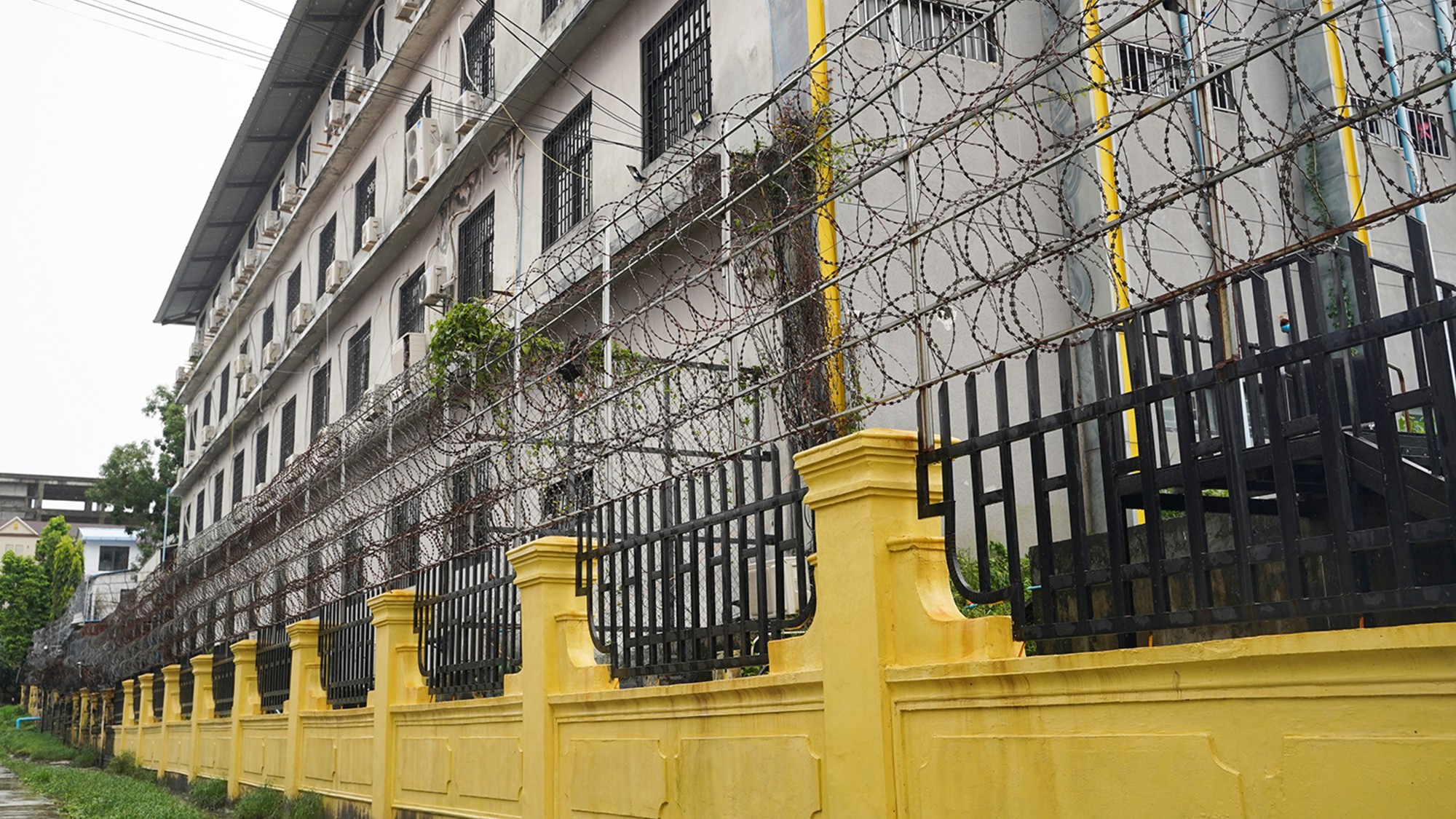 Texts from a scammer
Texts from a scammerFeature If you get a puzzling text message from a stranger, you may be the target of ‘pig butchering.’
-
 What will next year’s housing market look like?
What will next year’s housing market look like?The Explainer Here is what to expect from mortgage rates and home prices in 2026
-
 Is Trump in a bubble?
Is Trump in a bubble?Today’s Big Question GOP allies worry he is not hearing voters
-
 France makes first arrests in Louvre jewels heist
France makes first arrests in Louvre jewels heistSpeed Read Two suspects were arrested in connection with the daytime theft of royal jewels from the museum
-
 Trump pardons crypto titan who enriched family
Trump pardons crypto titan who enriched familySpeed Read Binance founder Changpeng Zhao pleaded guilty in 2023 to enabling money laundering while CEO of the cryptocurrency exchange
-
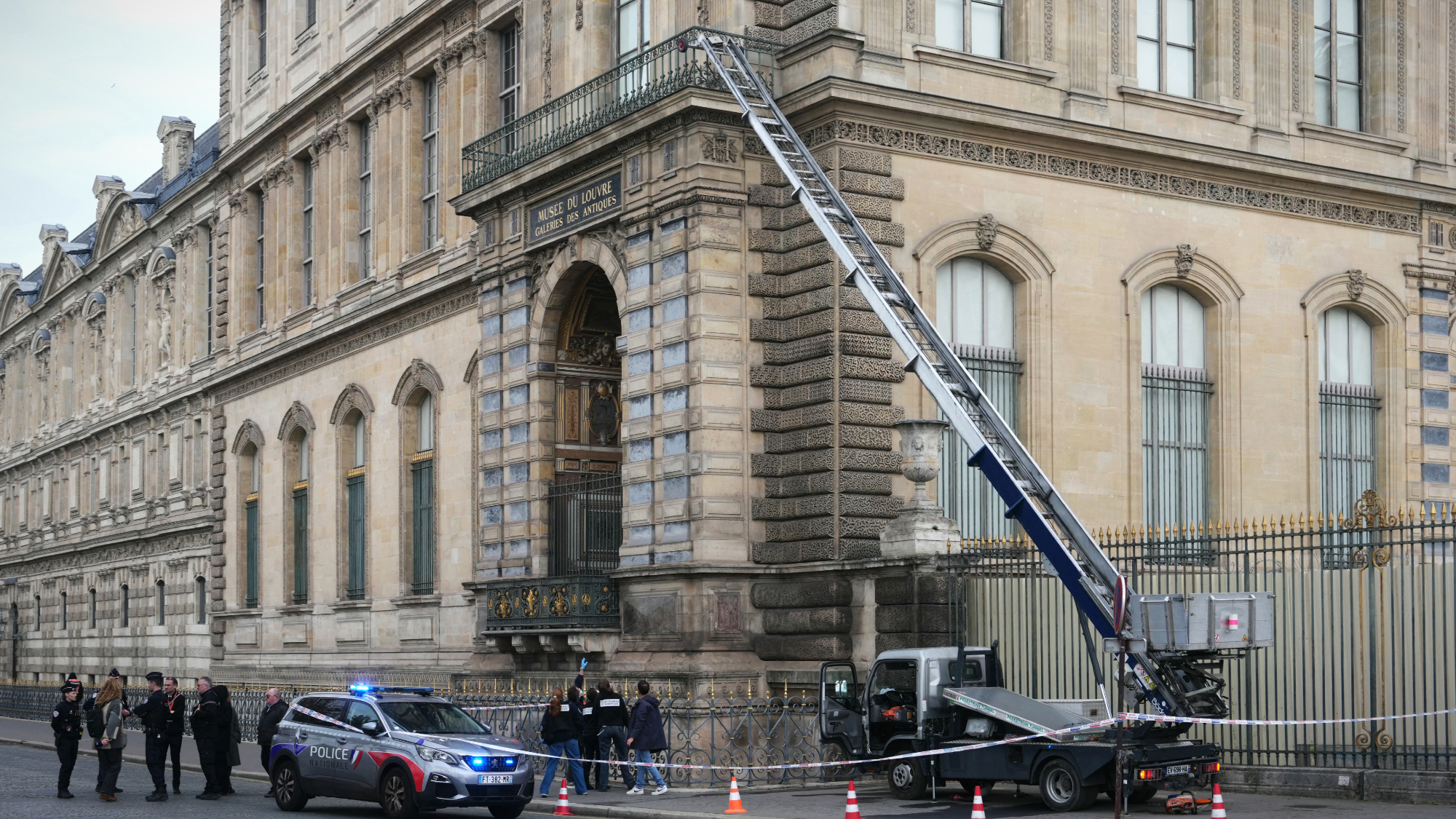 Thieves nab French crown jewels from Louvre
Thieves nab French crown jewels from LouvreSpeed Read A gang of thieves stole 19th century royal jewels from the Paris museum’s Galerie d’Apollon
-
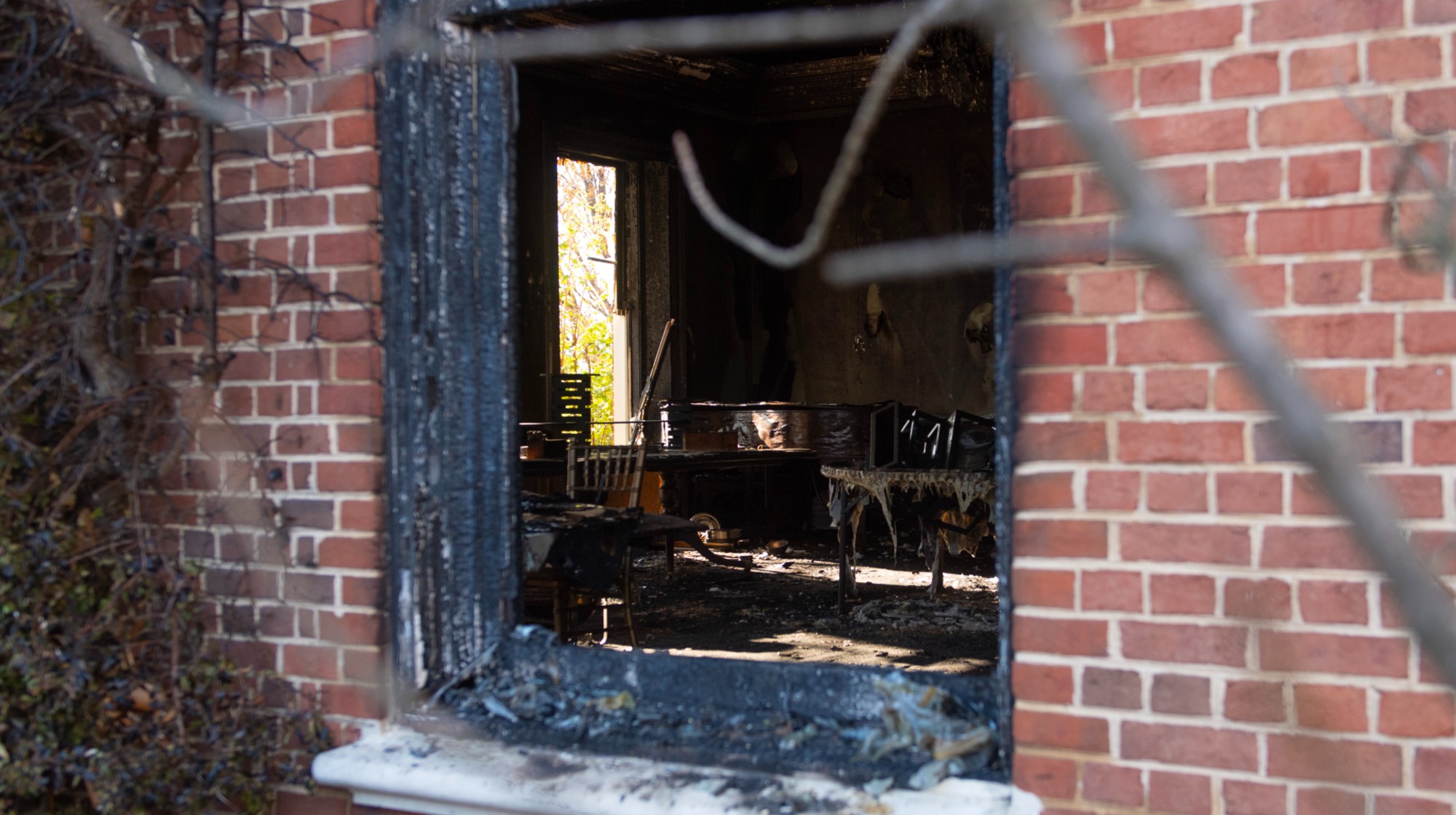 Arsonist who attacked Shapiro gets 25-50 years
Arsonist who attacked Shapiro gets 25-50 yearsSpeed Read Cody Balmer broke into the Pennsylvania governor’s mansion and tried to burn it down
-
 Man charged over LA’s deadly Palisades Fire
Man charged over LA’s deadly Palisades Firespeed read 29-year-old Jonathan Rinderknecht has been arrested in connection with the fire that killed 12 people
-
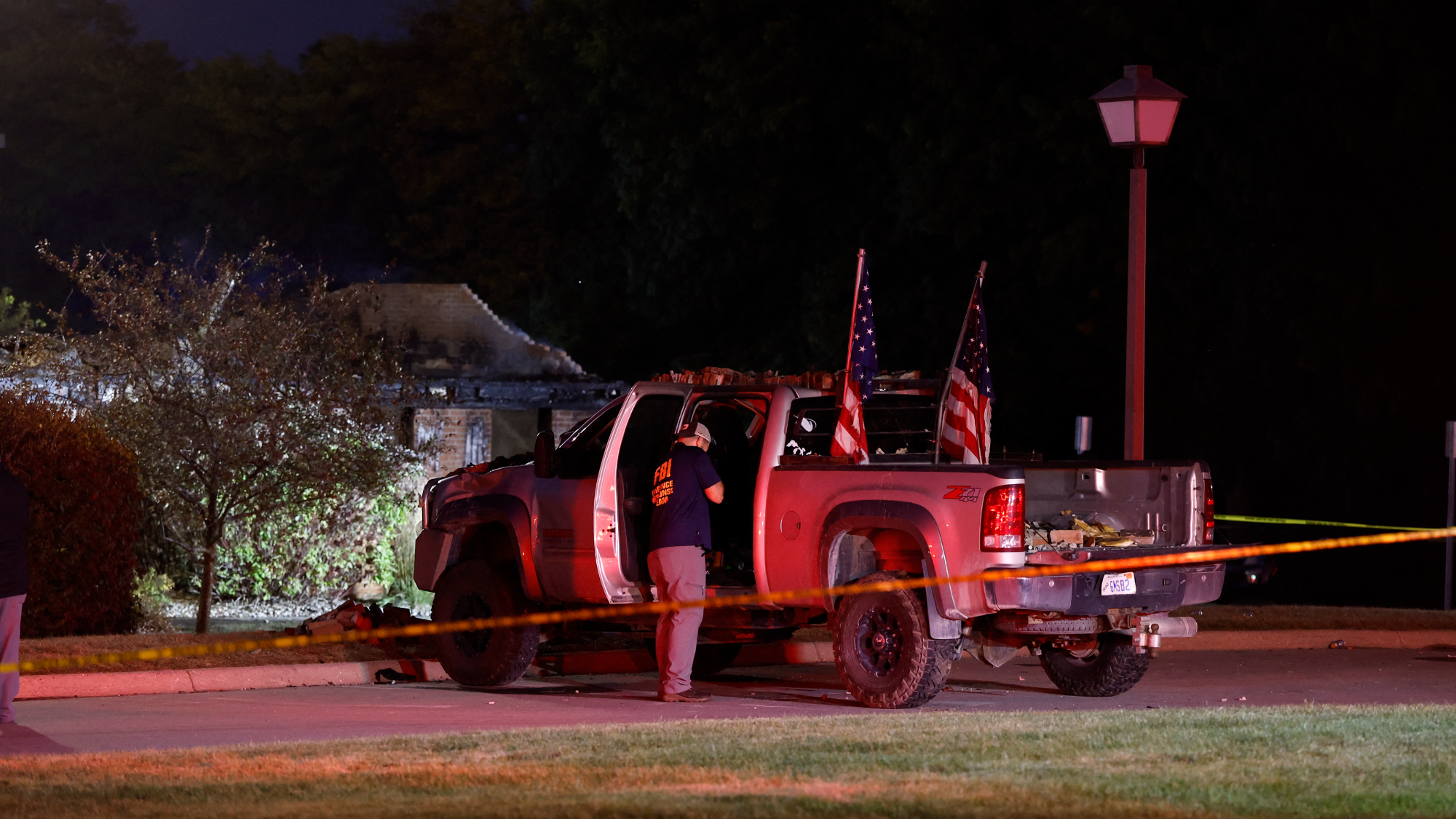 4 dead in shooting, arson attack in Michigan church
4 dead in shooting, arson attack in Michigan churchSpeed Read A gunman drove a pickup truck into a Mormon church where he shot at congregants and then set the building on fire
-
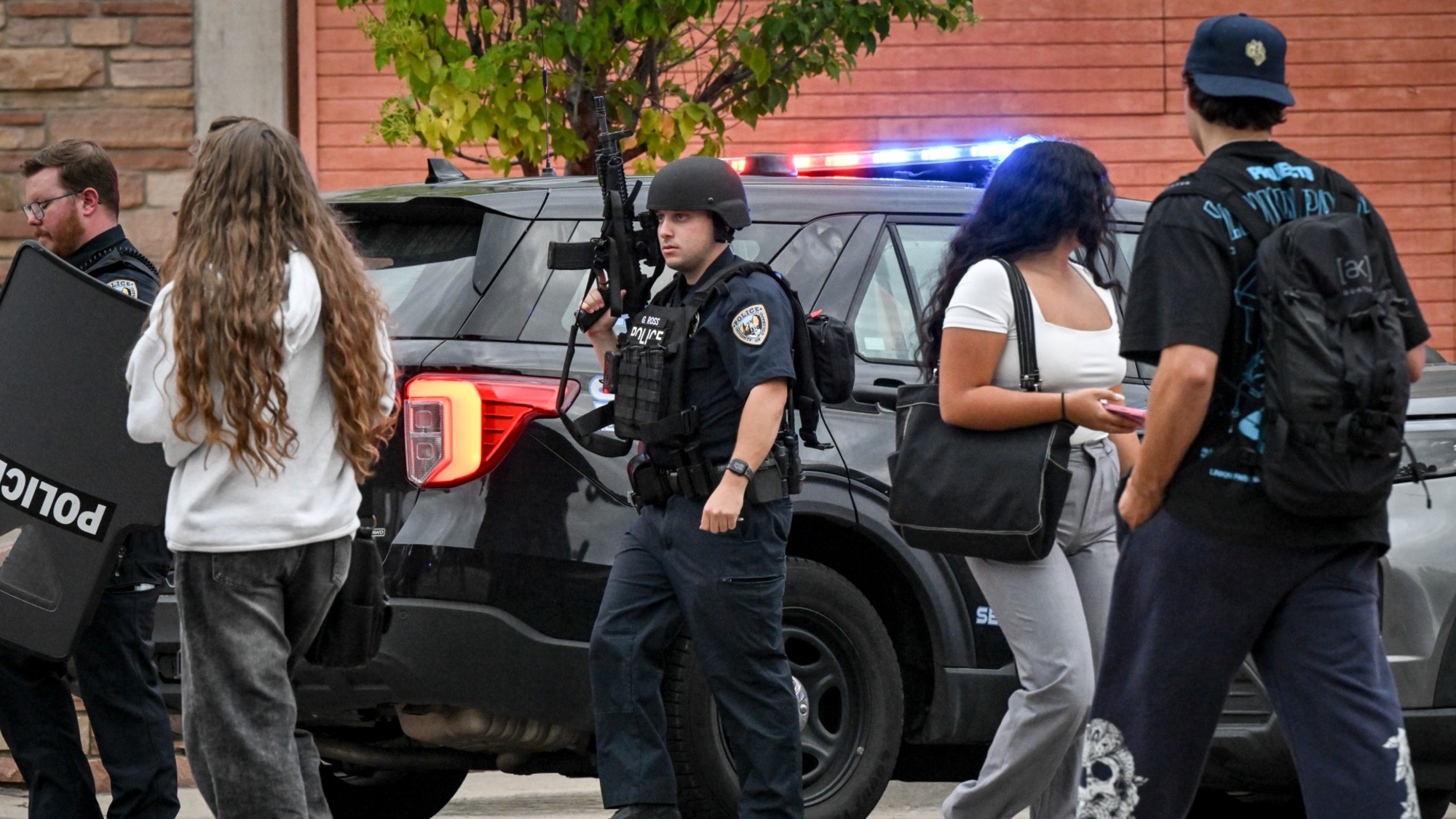 Colleges are being overwhelmed with active shooter hoaxes
Colleges are being overwhelmed with active shooter hoaxesIn the Spotlight More than a dozen colleges have reported active shooter prank calls
-
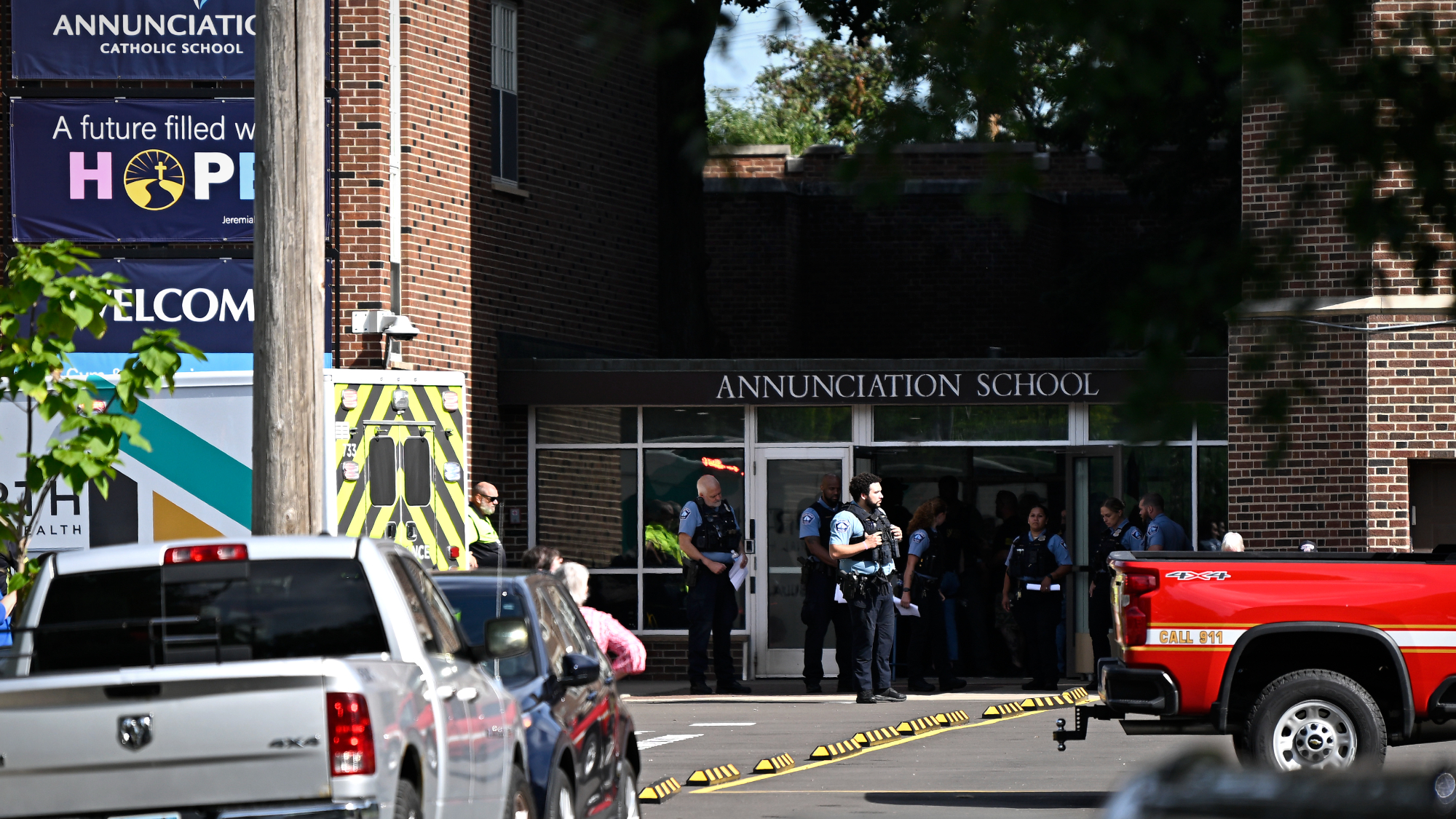 2 kids killed in shooting at Catholic school mass
2 kids killed in shooting at Catholic school massSpeed Read 17 others were wounded during a morning mass at the Annunciation Catholic School in Minneapolis
